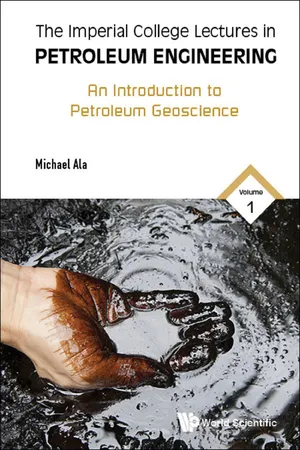
The Imperial College Lectures in Petroleum Engineering
Volume 1: An Introduction to Petroleum Geoscience
- 324 pages
- English
- ePUB (mobile friendly)
- Available on iOS & Android
The Imperial College Lectures in Petroleum Engineering
Volume 1: An Introduction to Petroleum Geoscience
About this book
-->
This book covers the fundamentals of the earth sciences and examines their role in controlling the global occurrence and distribution of hydrocarbon resources. It explains the principles, practices and the terminology associated with the upstream sector of the oil industry. Key topics include a look at the elements and processes involved in the generation and accumulation of hydrocarbons and demonstration of how geological and geophysical techniques can be applied to explore for oil and gas. There is detailed investigation into the nature and chemical composition of petroleum, and of surface and subsurface maps, including their construction and uses in upstream operations. Other topics include well-logging techniques and their use in determining rock and fluid properties, definitions and classification of resources and reserves, conventional oil and gas reserves, their quantification and global distribution as well as unconventional hydrocarbons, their worldwide occurrence and the resources potentially associated with them. Finally, practical analysis is concentrated on the play concept, play maps, and the construction of petroleum events charts and quantification of risk in exploration ventures.
As the first volume in the Imperial College Lectures in Petroleum Engineering, and based on a lecture series on the same topic, An Introduction to Petroleum Geoscience provides the introductory information needed for students of the earth sciences, petroleum engineering, engineering and geoscience.
This volume also includes an introduction to the series by Martin Blunt and Alain Gringarten, of Imperial College London.
--> Contents:
- Introduction to Geology
- Controls on Oil and Gas Occurrence: Sedimentary Basins and Plate Tectonics
- Chemical Composition of Petroleum
- Petroleum System Analysis
- Exploring for Oil and Gas
- Resources and Reserves: Definition, Classification and Quantification
- The Unconventionals: Oil Shale, Shale Oil, Shale Gas, Oil Sands, Coal Bed Methane and Gas Hydrates
- Introduction to Open-Hole Logs
--> -->
Readership: Students of the earth sciences, petroleum engineering, engineering and geoscience.
-->Geology;Geoscience;Petroleum Engineering;Hydrocarbons;Oil Exploration;Gas Exploration;Well-Logging;Unconventional Hydrocarbons0
Frequently asked questions
- Essential is ideal for learners and professionals who enjoy exploring a wide range of subjects. Access the Essential Library with 800,000+ trusted titles and best-sellers across business, personal growth, and the humanities. Includes unlimited reading time and Standard Read Aloud voice.
- Complete: Perfect for advanced learners and researchers needing full, unrestricted access. Unlock 1.4M+ books across hundreds of subjects, including academic and specialized titles. The Complete Plan also includes advanced features like Premium Read Aloud and Research Assistant.
Please note we cannot support devices running on iOS 13 and Android 7 or earlier. Learn more about using the app.
Information
Chapter 1
Introduction to Geology
1.1. Introduction
1.2. Shape, Internal Structure, and Composition of the Earth
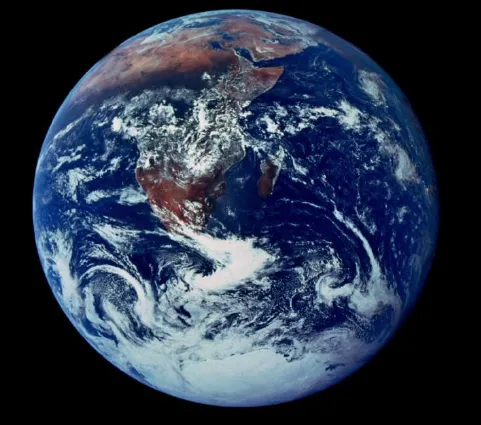



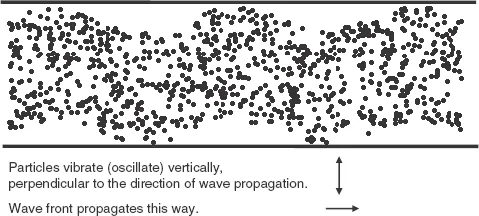

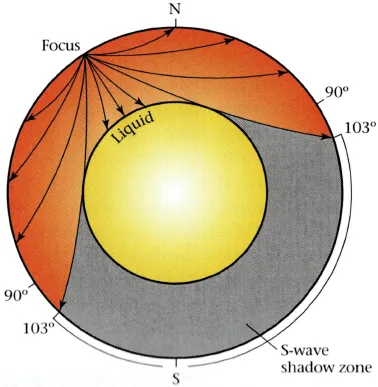
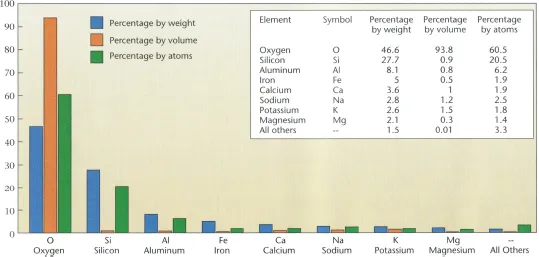

1.3. How Old is the Earth?
1.4. The Earth’s Crust (Lithosphere)
Table of contents
- Cover page
- Title page
- Copyright
- Preface
- About the Author
- Acknowledgements
- Book Description
- Introduction to the Imperial College Lectures in Petroleum Engineering
- Chapter 1. Introduction to Geology
- Chapter 2. Controls on Oil and Gas Occurrence: Sedimentary Basins and Plate Tectonics
- Chapter 3. Chemical Composition of Petroleum
- Chapter 4. Petroleum System Analysis
- Chapter 5. Exploring for Oil and Gas
- Chapter 6. Resources and Reserves: Definition, Classification and Quantification
- Chapter 7. The Unconventionals: Oil Shale, Shale Oil, Shale Gas, Oil Sands, Coal Bed Methane and Gas Hydrates
- Chapter 8. Introduction to Open-Hole Logs
- Glossary of Technical Terms and Abbreviations
- Index